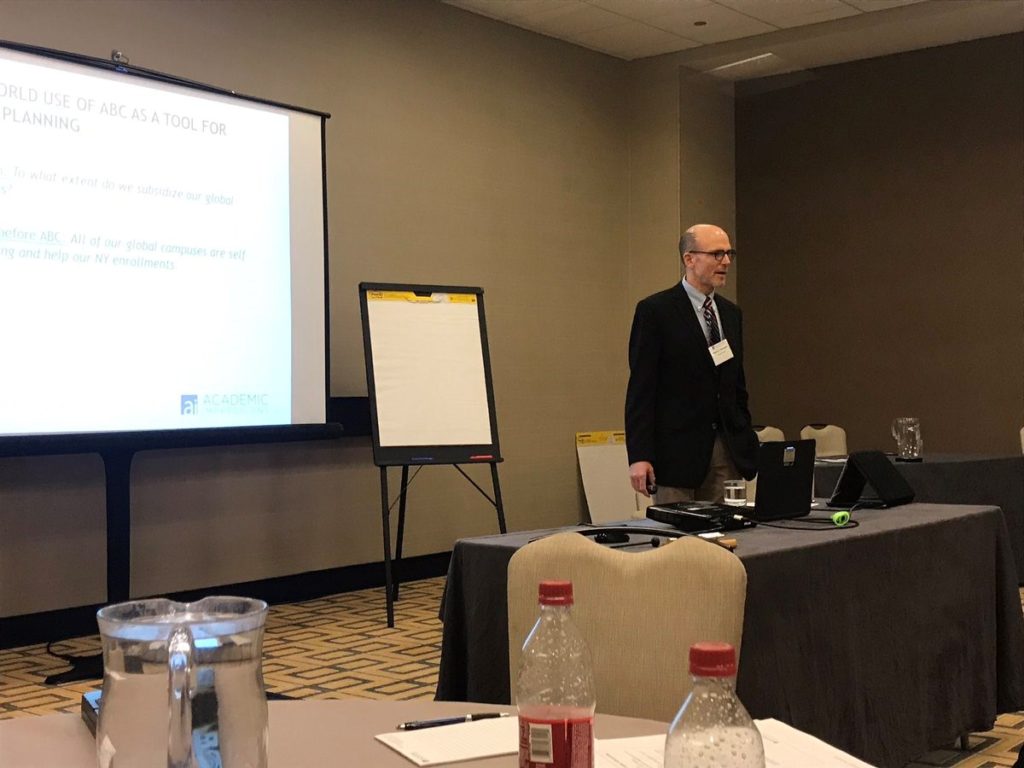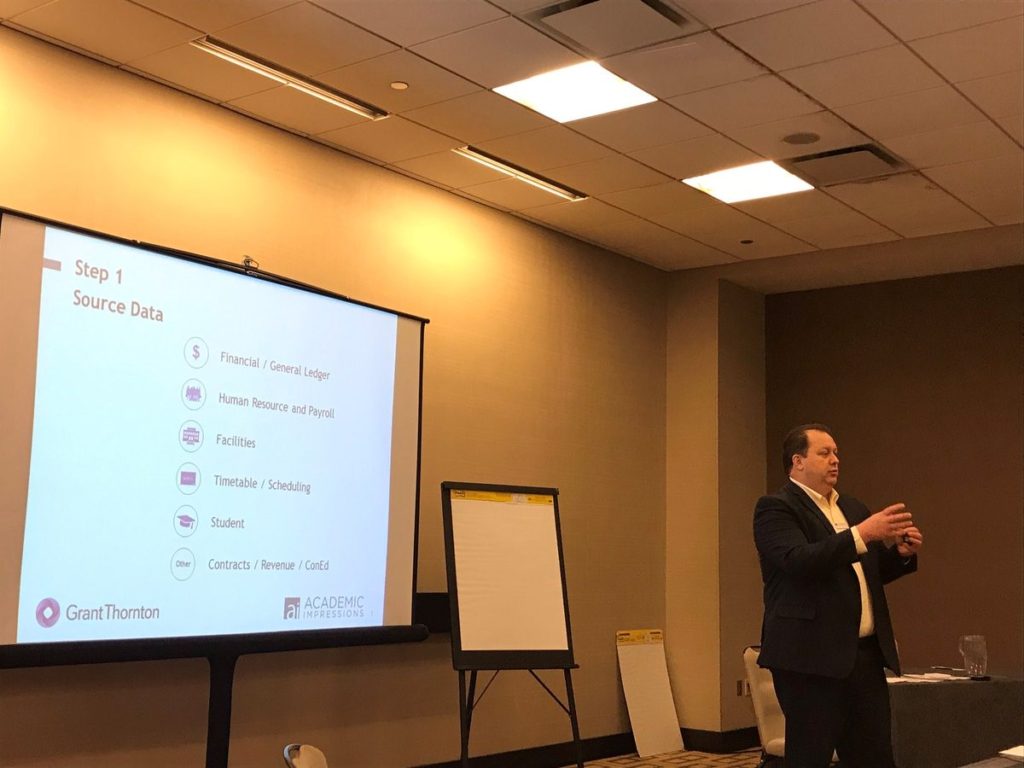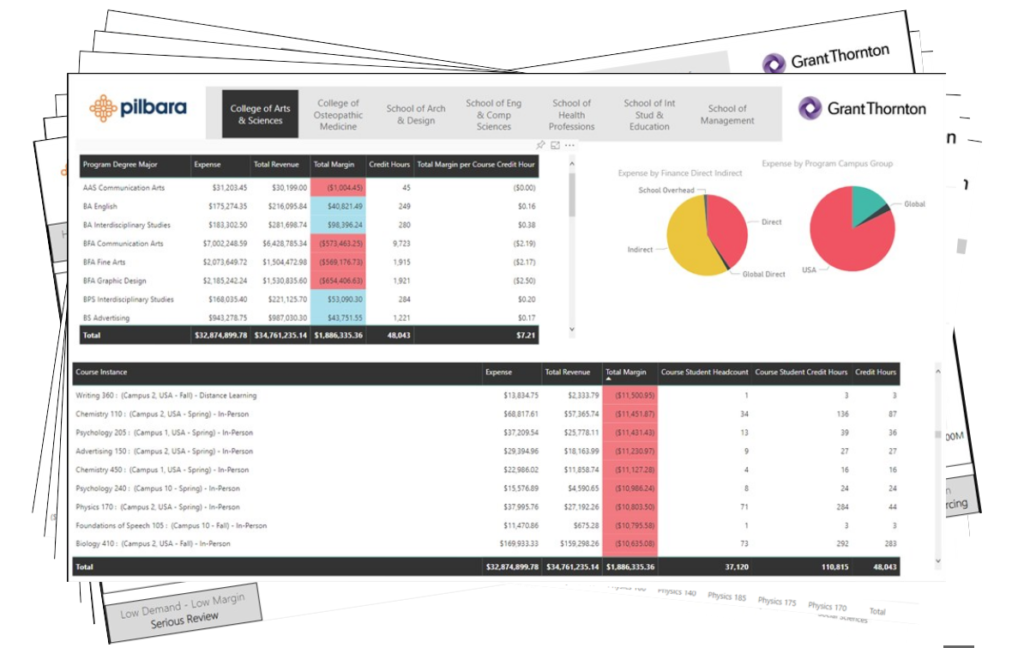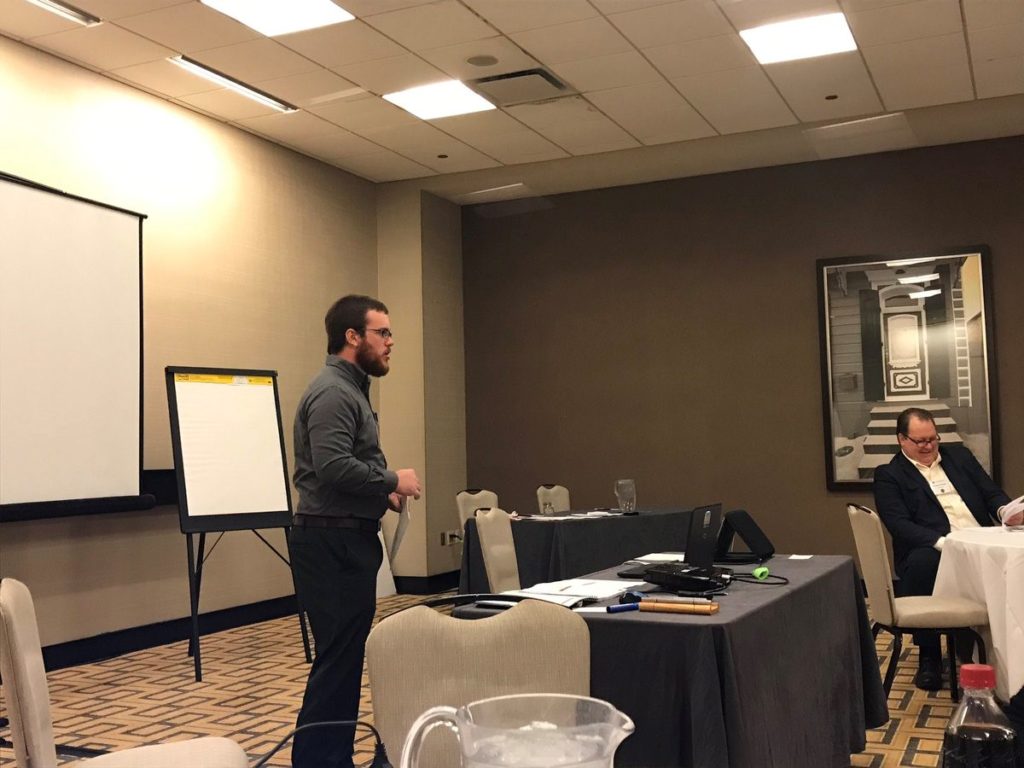Well it’s been a busy week with trips to Austin TX and New Orleans to attend the CAM-I quarterly meeting and the Academic Impressions Activity-Based Costing for Academic Resource Management conference. Being a week turn-around the one benefit is that I don’t really get out of Australian time zone, so easier to settle back into routine now I’m back home. Unfortunately it also means not getting much sleep while in the US, but nothing a whole lot of coffee can’t fix!
CAM-I Quarterly Meeting – Higher Education Center of Excellence!
My first stop was glorious Austin, TX for the CAM-I quarterly meeting.
CAM-I is 40+ year old, not-for-profit think-tank focused on cost, process, risk management and covers a range of industries including Government, Military, Education, and Manufacturing etc.
The big topic of discussion from my perspective was to raise the concept of a Higher Education Center of Excellence. The intent would be to have universities from around the US (and eventually the world) come together for quarterly meetings to discuss all things related to Academic Resource Management, this includes things like better use of data, best practice, how universities and colleges are currently managing themselves. The intent is to ensure member institutions can not only survive but thrive in these difficult times, not only financially but also to ensure high quality teaching and research.
We are in the very early stages at the moment but if you are interested in joining this group please send me a quick email lea.patterson@pilbaragroup.com and I’ll add you to the initial list.
Academic Impressions
Next stop was New Orleans, the Big Easy!
We had a great session with a small but very engaged group. Bill Massy kicked things off at a pre-conference workshop on ways to prioritize budget items. When there are so many options, how do you sort through them all in a methodical way and rank them in order of importance. The objective is to balance the institution’s qualitative mission-based values with hard quantitative data on cost, margin etc.
For the main conference Bill took us through the reasons Higher Ed institutions should implement Activity-Based Costing and how it can be used for Academic Resource Management with some of the key benefits being able to better manage and plan for Academic Programs, using ABC as a Decision-Support Model, and using the predictive model version to support Budgeting and Planning.
Mark Hampton, formerly with NYIT and now with Washington College explained how NYIT actually used their ABC model.
 The primary reason for the implementation of the ABC model was that NYIT had the double whammy of declining enrollments and declining margins. Prior to implementing ABC NYIT had a direct cost model that didn’t distinguish between programs and activities. It neglected indirect costs (which were substantial) and while their initial model was useful it didn’t lead to actionable strategies.
The primary reason for the implementation of the ABC model was that NYIT had the double whammy of declining enrollments and declining margins. Prior to implementing ABC NYIT had a direct cost model that didn’t distinguish between programs and activities. It neglected indirect costs (which were substantial) and while their initial model was useful it didn’t lead to actionable strategies.
After the ABC model was implemented they had a huge amount of data that allowed analysis of School and Department margins, Faculty effort and research, Course and Course Instance (when, where and how taught) and Degree and other teaching programs.
Some real questions that the model was successfully used to answer included “To what extent do we subsidize our global activities?”, “Which Programs should we grow and which should we consider phasing out?”, “What additional overhead does having two flagship campuses add?”
One very interesting insight from their analysis was the incorrect assumption that teaching a course in two sites using distance-learning (DL) technologies was an effective way to address instructional costs.
The ABC model showed that additional costs associated with DL courses made it very difficult for these courses to break even, given the institutions limits on the numbers of students in the remote site and the need for proctoring at that site. DL courses tended to mask very small sections: 4 students locally plus 4 students in the remote site still amounts to a small course.
Workshop
We then took a look at a real model. This is a demonstration model based on real models, with all of the data changed and anonymized, but it is representative of how an actual model would operate.
The attendees were divided into two groups and asked to select a particular school. They had to examine their schools performance and then suggest actionable steps that could be taken to improve the school performance.
This was the first time we ran this workshop in a very open way, rather than having a guided demo on how to use the model. This seemed to work very well, the groups were well engaged and went on deep dives into the data set and uncovered a number of actionable items.
Overall we were very happy with the workshop and will plan to do it again next year.
I’m going to leave these teaching models available on-line for a short time, so if anyone is interested in going through this exercise and exploring these models please send me an email. In the interim if you would like an overview of how to use the model, here is a Sway presentation I put together: https://sway.office.com/6Kpt5ZzBml1ZKnN0
Implementation
Anthony Pember from Grant Thornton then discussed the practical steps to implementing an ABC model.
 This included what types of data are required, what steps need to be taken, how the data are connected in the model, a rough timeline and project plan, which stakeholders should be included and what the 10 keys to success are, with Communication being number 1.
This included what types of data are required, what steps need to be taken, how the data are connected in the model, a rough timeline and project plan, which stakeholders should be included and what the 10 keys to success are, with Communication being number 1.
Embry-Riddle
We were also privileged to have Adam Raab from Embry-Riddle Aeronautical University give an impromptu presentation of their use of ABC. They have had an ABC model in place for ten years and it was initially prompted by the poor performance of one of their campuses, with continual and growing losses.
The institution’s first thought was to cut Programs but as Adam explained if Programs were cut that would also cut revenue and if any tenured staff are involved in the programs they still need to be paid and it might not remove much overhead. So they looked for a better option, which was to grow, but they didn’t have the data to support this decision. So they built a very quick and simple spreadsheet ABC model in two days (I believe it was pretty much non-stop) to provide the data required. The objective was to find out which programs are working and which ones aren’t.
This turned out to be very successful and the campus has significantly improved going from a $3 million loss to a $14 million positive margin. Their model has improved quite a lot over the years and is updated on an annual basis.
Happy Holidays
This will be the last newsletter for 2018. All of us here from Pilbara in sunny Brisbane and around the country and world wish you all the best over the holiday period and a prosperous 2019.





